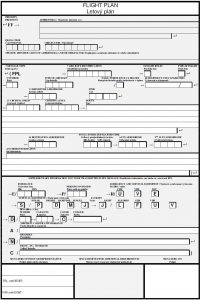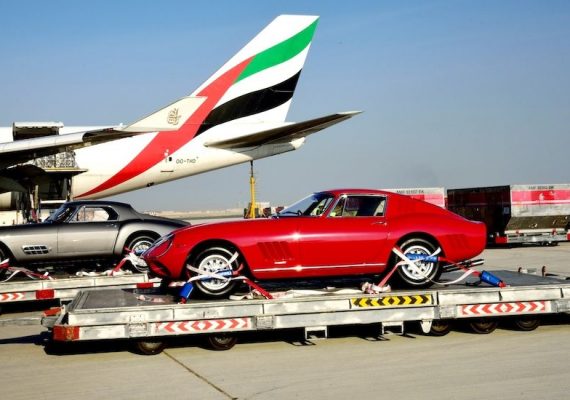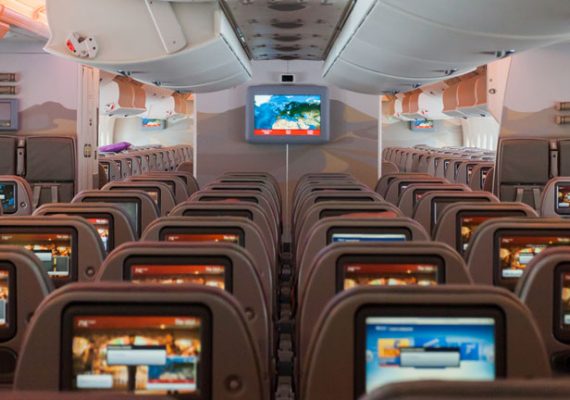Saturday, 27 January 2007, 16 hours 27 minutes. A SkyEurope Airlines plane landed in Prague.
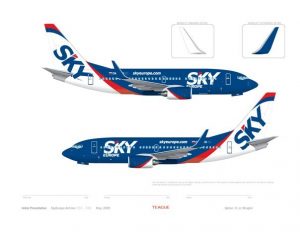
One of drafts of new airplane livery
At that time, nothing unusual, as Prague was base for Slovak airline. But this arrival was somewhat exceptional … So far, let’s start and let us go.
At that time, SkyEurope took over new Boeing 737-700 aircraft directly from the manufacturer at Seattle King County International Airport. The take-off of an OM-NGG aircraft was not an exception.
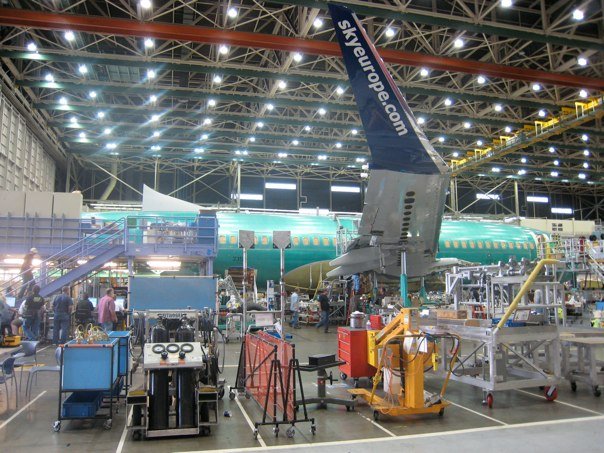
© M. Medzihradský

© P. Pelec
Normally, the landing on the way home for refueling was planned in Iceland, in Keflavik. If everything went better than expected, the pilots were playing with the idea of moving further, for example, to Copenhagen.
Peter Pelec (captain of OM-NGG) said: “With the idea of changing the route of our flight from the usual landing in Keflavik I was playing at that time longer. The decision to catch up with this was already in Seattle in the ordinary debates, and especially after a weather check on the track that looked good, especially for the wind in the second part of the track. ”
In order for something similar to be done at all, a number of factors had to “play cards” with the crew. One of them was, for example, fuel. The morning fuel tank to NGG was colder than usual :-)) The fuel tank was (probably) parked in the hills at Mount Rainier. :-)) Subcooled fuel was therefore of higher specific gravity. Instead of the usual 20,700 kg, it was possible to refuel almost 21,000 kg in the morning!
Of course, in addition to the fuel, it was necessary to check the weather on each planned flight, the NOTAMs, the flight plan.
Prior to the flight, the crew asked the loadmaster at the airport to load the luggage at the back of the new Boeing freight space. The reason was an effort to achieve a rear optimal balance that is equal to lower consumption.
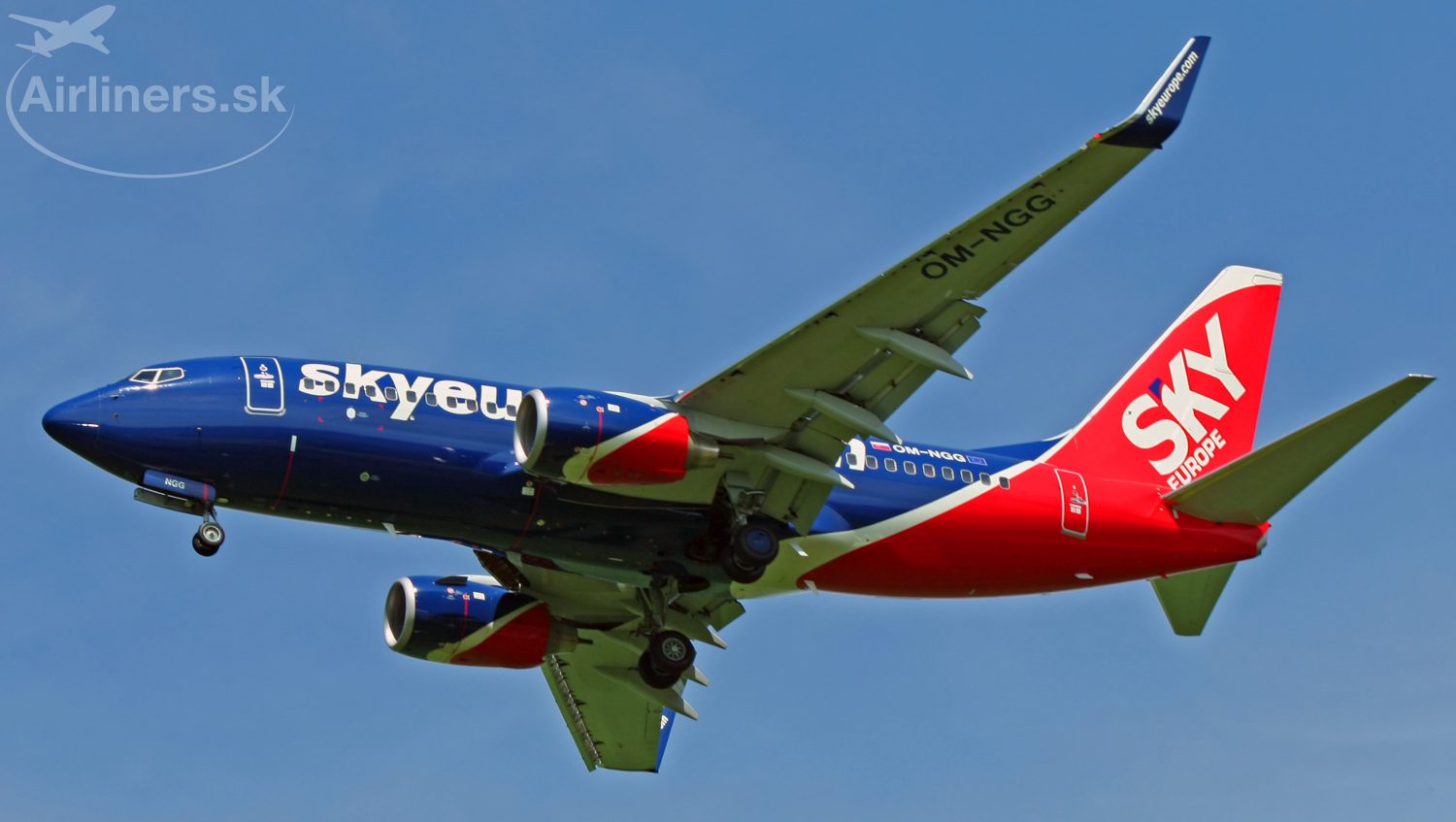
OM-NGG © Airliners.sk, o.z.
P. Pelec: “The mechanics and the delivery team also got the same instructions. Retain during a flight in the back of the aircraft, use the back toilets, etc. ”
There were two flight crews at the delivery flights. In OM-NGG it was P. Pelec and M. Medzihradský, in the reserve with J. Pivarchi and I. Haland. On board were also Táňa Pelecová and CEO SkyEurope Airlines – Jason Bitter.
Pushback was at 06:11 UTC and then took off at 06:17 UTC.
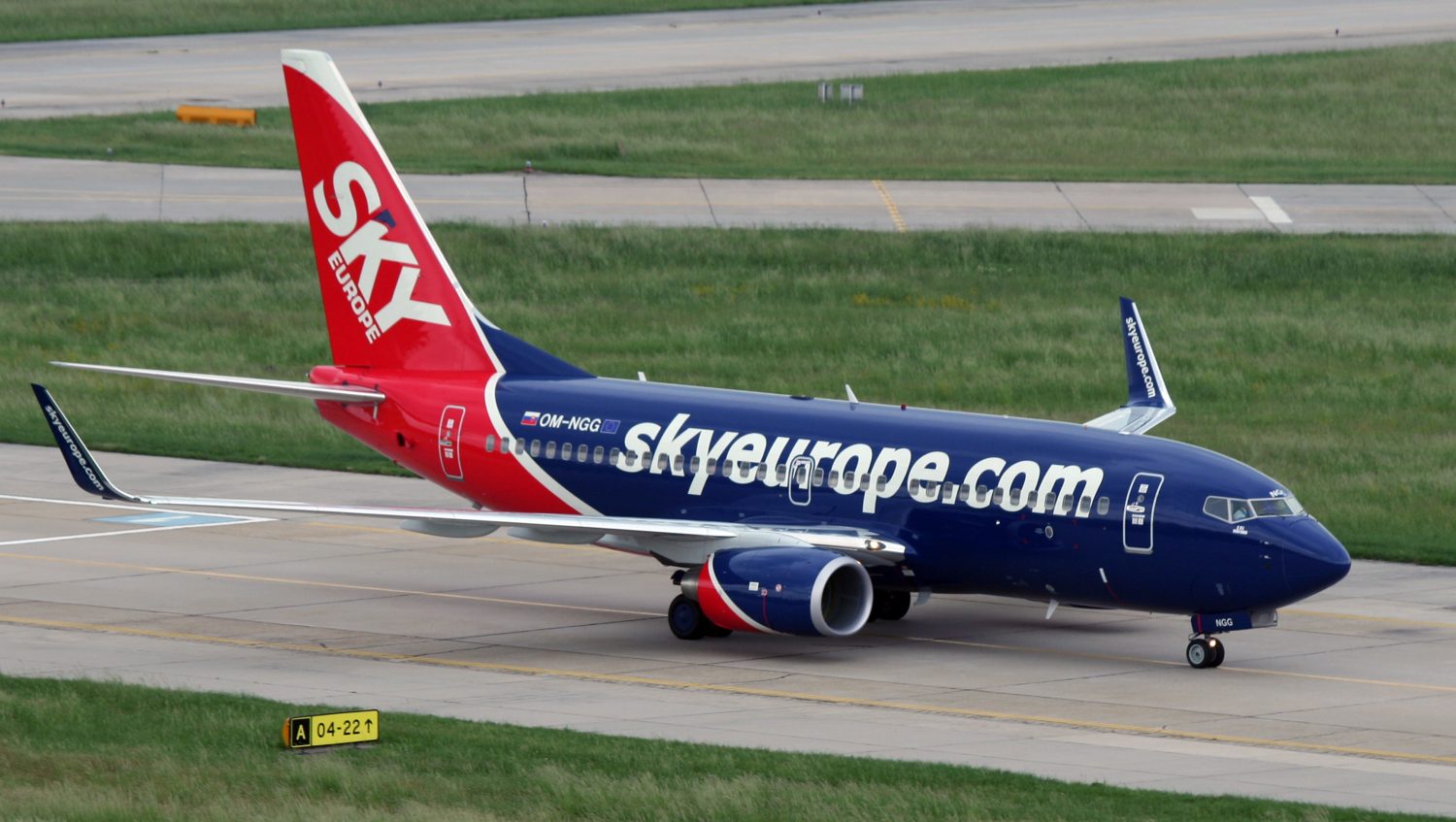
OM-NGG © Airliners.sk, o.z.
P. Pelec: “The flight started by default, it was a relative relaxation in the Seattle and Vancouver areas, after being sighted. With Miro, we agreed immediately after the start that we would ask for the FL410, even though it was not optimal for the balance, but I did not want to risk that we would not get it over Calgary later. And so in coordination with Seattle and Vancouver we got the level. ”
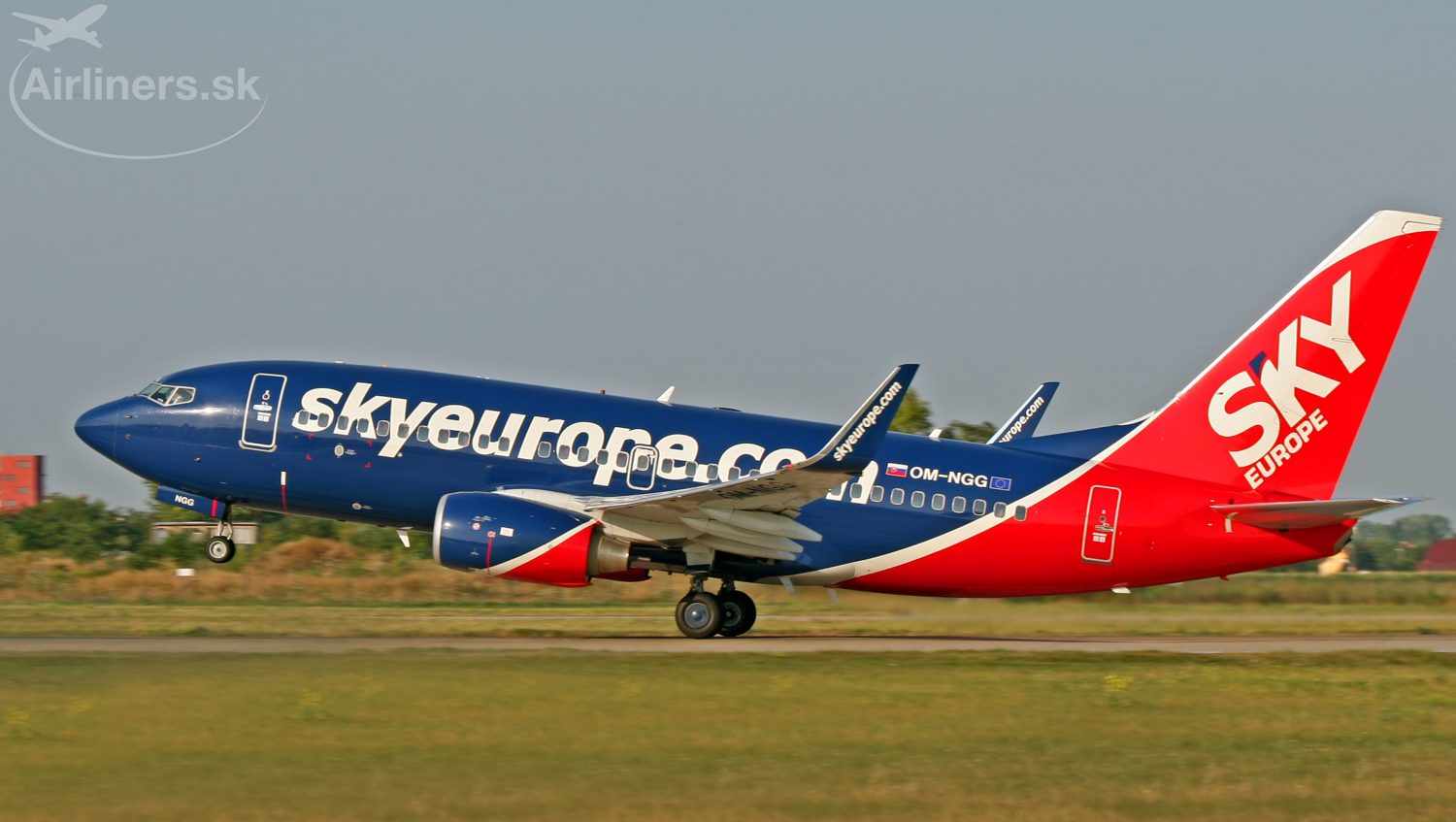
OM-NGG © Airliners.sk, o.z.
The flight plan was set from Boeing Field (KBFI) to Keflavik (BIKF). The flight was peaceful and the pilots still discussed where they could fly. The weather was on their side, the temperatures at the levels were low and it also meant lower fuel consumption. Once the right time and favorable conditions had come, they were ready to ask for a change of destination.
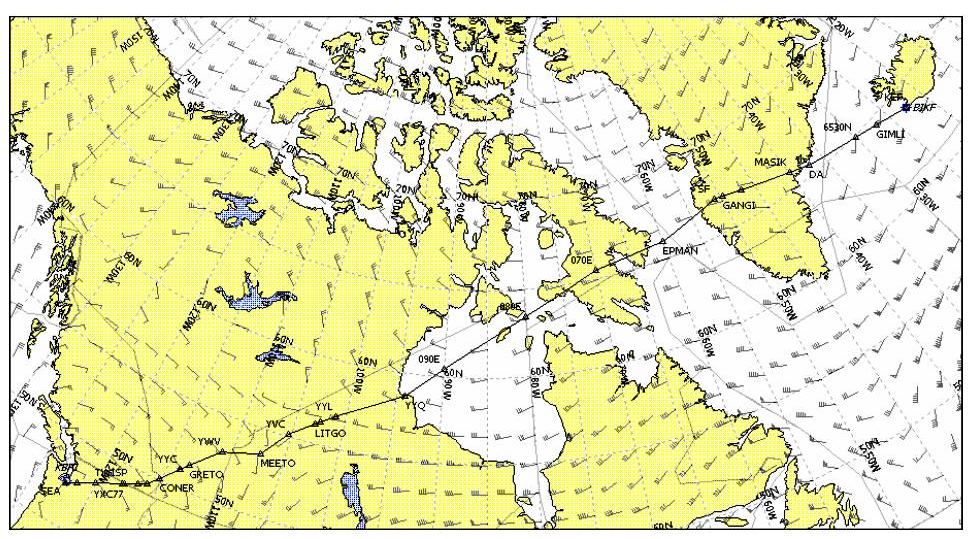
P. Pelec: “In the first part, the wind did not play too much in our advance, mostly a slight invader, occasionally from the side. What I enjoyed was the fuel consumption. NGG I even considered the best of all because it had the lowest consumption of the entire fleet, although we talk about small kilos of fuel here. But at 10 hours of flight time it will show up. ”
When the OM-NGG approached Greenland, the wind slowly began to change. At that time, the crew decided to request a change of destination from planned Keflavik to Copenhagen and their requests were met. But there was a minor problem. The outside temperature was -74 ° C, good for fuel consumption. However, at this temperature, the fuel was cooled enough and the fuel temperature indicator dropped. Slowly approaching -40 ° C, which is the limit, due to the frozen fuel. If the indicator did not drop, they would be forced to fly to a lower flight level where the temperature would be higher but also higher.
P. Pelec: “But we had the idea to increase the speed, which causes the wings to warm up. The temperature stopped falling, stopping somewhere at minus 39.5 ° C. Only fuel consumption has increased slightly, but fortunately it has compensated for the increased rear wind. ”
Through the ACARS system, the crew announced that they were flying to Copenhagen. Still, in the heads of the pilots, they kept thinking whether they could not fly to Prague. They asked Stavanger ACC for sure whether it would be possible (again) to reschedule the destination airport if they needed it, and also ask for weather information at the airports to Prague.
Upon tuning Copenhagen ACC, the crew received information about the weather in the “dream” destination (Prague) and the surrounding airports. In Prague were snowfalls and reduced braking effects were expected, but it was a forecast for improvement. The wind blew straight into the back of more than 120kts.
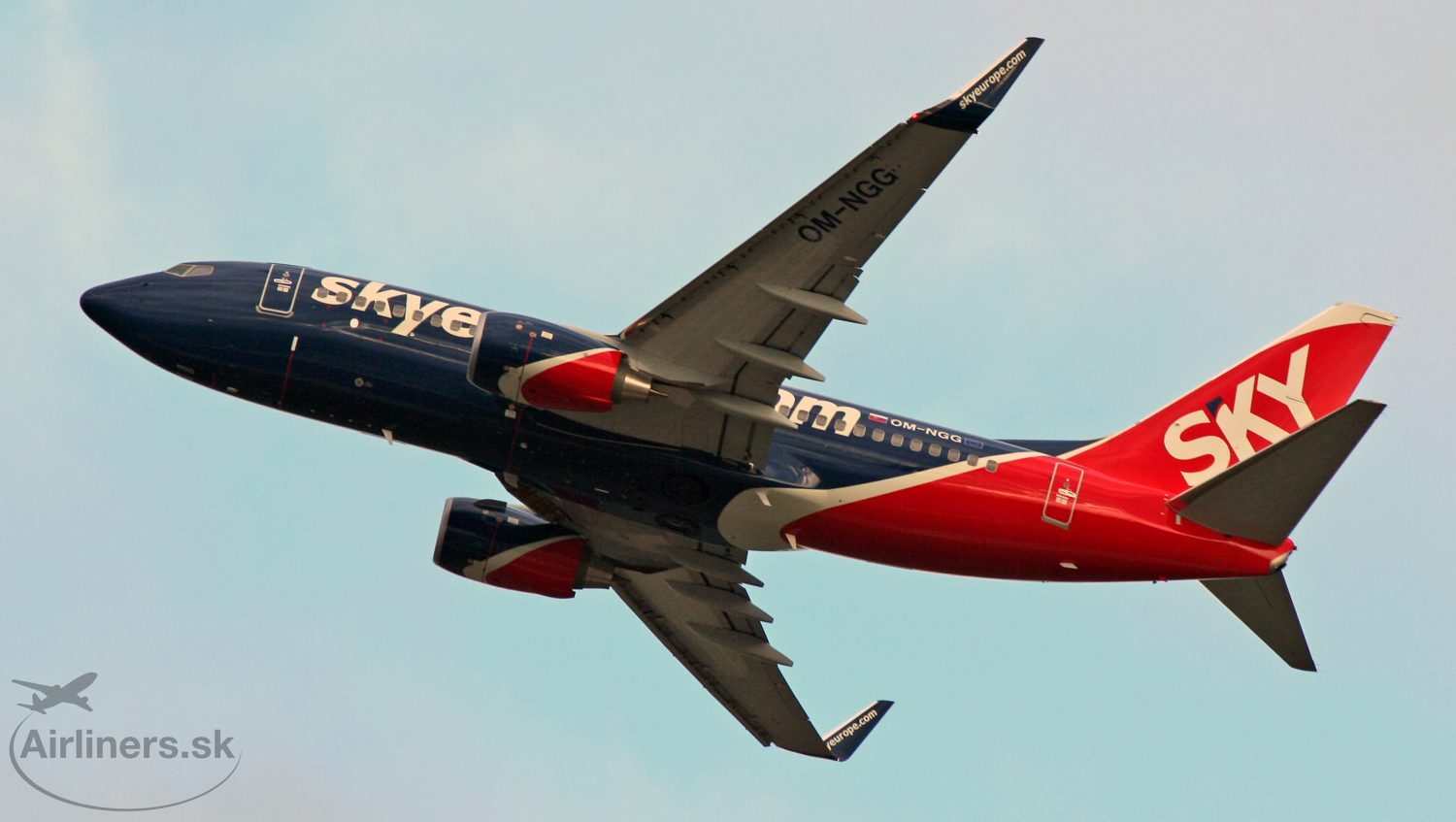
OM-NGG © Airliners.sk, o.z.
P. Pelec: “When I entered a new destination in the FMS – LKPR – and we were counting on the fact that the fuel was above the minimum, there was silence in the flightdeck. And cheerful tension. After a moment of silence, I asked Copenhagen ATC for in-flight re-planning – Prague Destination. Allowed.”
The OM-NGG was shortened directly to the HDO navigation point (Hermsdorf, on the German-Czech border), saving a little fuel again.
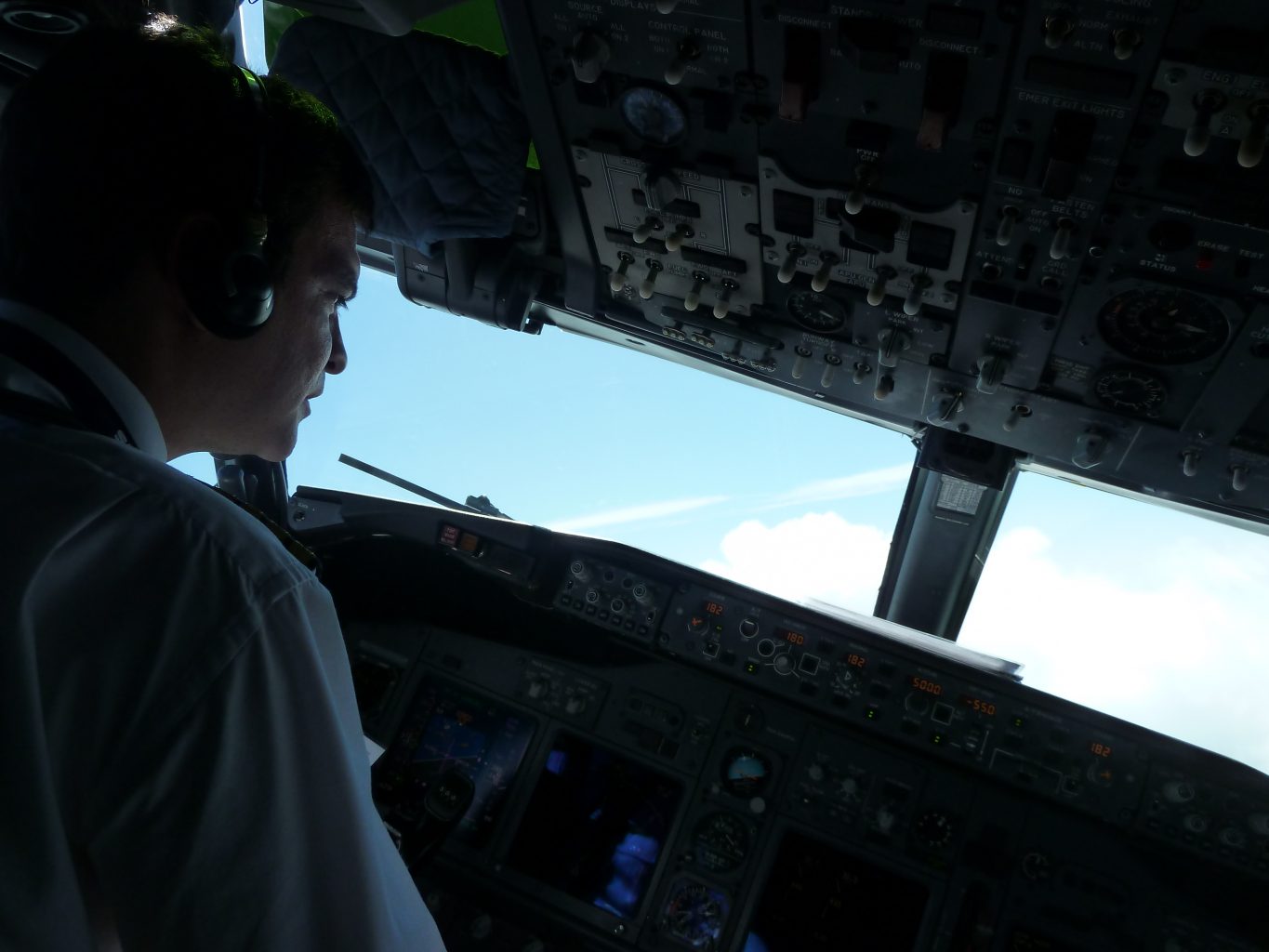
© P. Pelec
However, the crew did not share their plans with the other members on board who had to be in the back of the plane 🙂 The pilots left them in ignorance almost until the landing. Even though the CEO himself, p. Bitter, has been nervous enough to ask where they’ve been flying since they’ve been flying for over 9 hours. And then he said,
„God Bless you, guys, if you run out of gas.“ 🙂
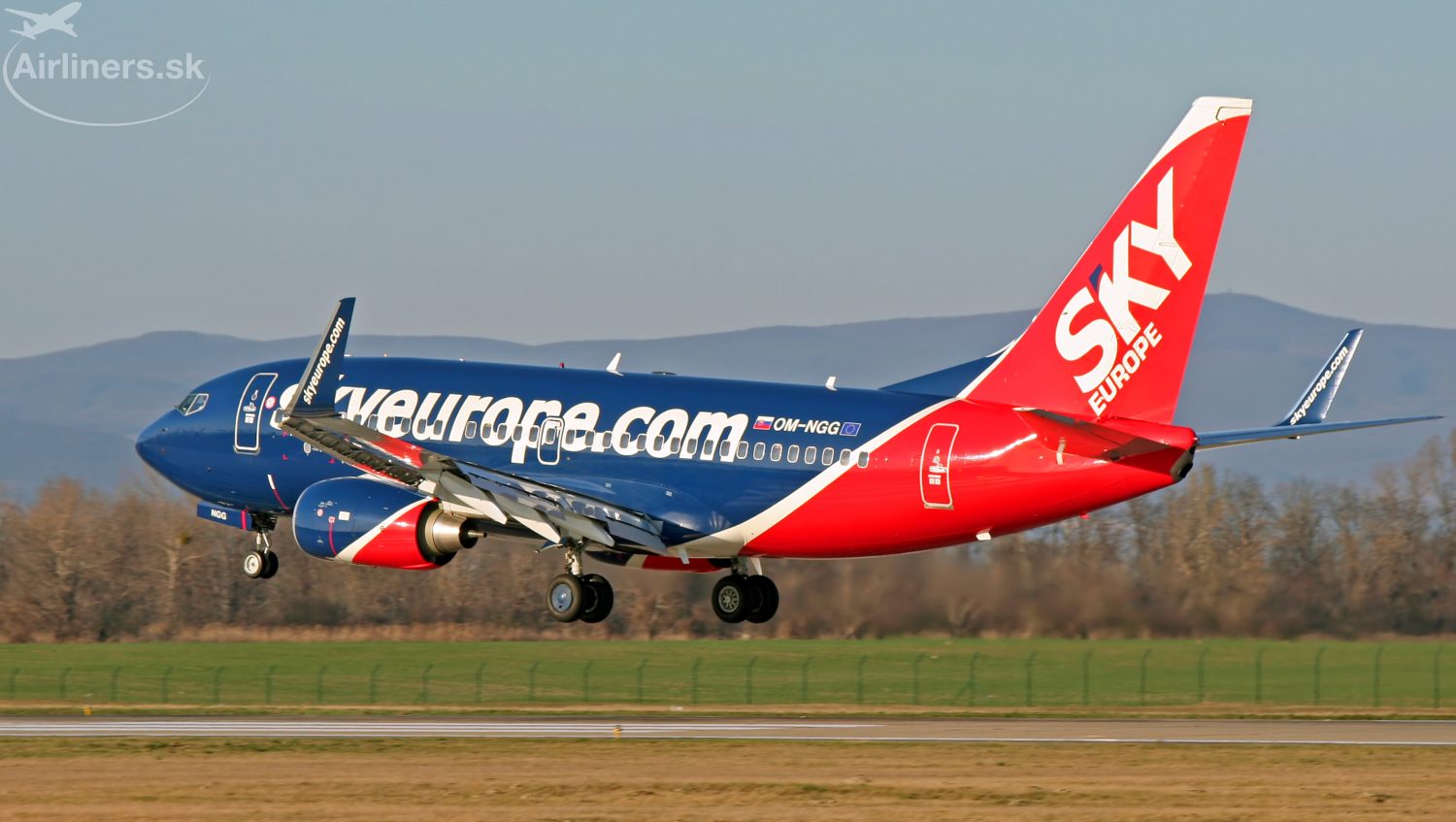
OM-NGG © Airliners.sk, o.z.
In Prague, it was finally beautiful on arrival. Clear sky. And so the pilots asked for a visual approach on Route 31. OM-NGG landed on it exactly after ten hours and ten minutes of flight – 16:27 UTC.
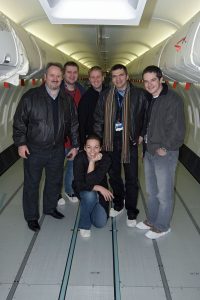
© P. Pelec
P. Pelec: „Tired, but terribly glad!“
Flight data:
flight level: 41,000 feet
speed: 0.78 Mach
takeoff weight: 61,400kg
Thanks to professionalism and commitment, the crew of our Slovak company managed to create a new record – a non-stop Boeing 737-700 in a commercial configuration.
But that not the end, folks. TO BE CONTINUED 🙂


